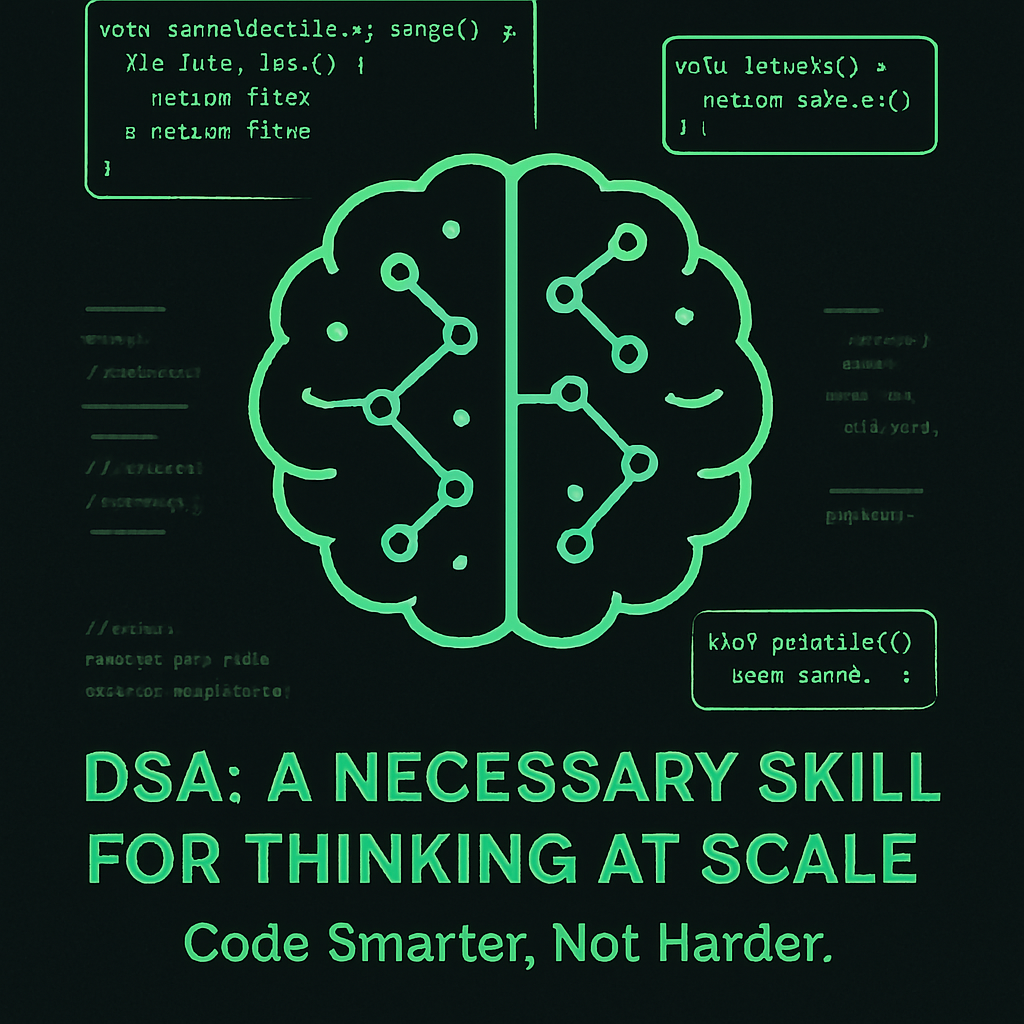The power of optimization: finding factors efficiently
tl;dr: how a simple mathematical insight can turn years of computation into seconds

Today I decided to talk about time complexity and have chosen a very small, easy, direct problem - probably something you might have encountered in school. It’s a perfect example to demonstrate how a simple mathematical insight can dramatically improve performance, turning what would be years of computation into mere seconds.
📝 Problem Statement
Finding all factors of a number is a common computational task. For a number N, we need to find all integers that divide N without a remainder.
For example:
- Factors of 12: 1, 2, 3, 4, 6, 12 (total: 6 factors)
- Factors of 24: 1, 2, 3, 4, 6, 8, 12, 24 (total: 8 factors)
💡 Our Initial Thought Process
When first approaching this problem, the brute force solution seems obvious:
- Iterate through all numbers from 1 to N
- Check if each number divides N without a remainder
- Count the total number of factors
This approach works, but what happens when N becomes extremely large?
fun countFactorsBruteForce(n: Int): Int {
var count = 0
for (i in 1..n) {
if (n % i == 0) {
count++
}
}
return count
}
For a number like 10^18, this would take approximately 10^10 seconds, which is over 316 years! Clearly, we need a better approach.
🤯 Our Intuition & “Aha!” Moment
We initially thought we could optimize by only checking up to N/2, but through a dry run, we realized this wasn’t correct.
Let’s see why with an example using N = 12:
| Number (i) | Is Factor? | Corresponding Pair (N/i) | Action with N/2 Approach | Action with √N Approach |
|---|---|---|---|---|
| 1 | Yes | 12 | Count 1 | Count 1 and 12 |
| 2 | Yes | 6 | Count 2 | Count 2 and 6 |
| 3 | Yes | 4 | Count 3 | Count 3 and 4 |
| 4 | Yes | 3 | Count 4 | Already counted with 3 |
| 5 | No | - | Skip | Skip (beyond √12) |
| 6 | Yes | 2 | Count 6 | Already counted with 2 |
| 7-11 | No | - | Skip | Skip (beyond √12) |
| 12 | Yes | 1 | Skip (beyond N/2) | Already counted with 1 |
With the N/2 approach, we would only check numbers 1 through 6 and count each factor once. This gives us 4 factors (1, 2, 3, 6), missing 4 and 12.
With the √N approach, we only check numbers 1 through 3 (since √12 ≈ 3.46), but for each factor i, we also count N/i as a factor. This correctly gives us all 6 factors (1, 2, 3, 4, 6, 12).
Then came the mathematical insight: If i is a factor of N, then N/i is also a factor of N.
This means:
- For every factor i < √N, there’s a corresponding factor N/i > √N
- We only need to check numbers up to √N!
For example, with N = 12:
- 1 × 12 = 12
- 2 × 6 = 12
- 3 × 4 = 12
By checking only up to √12 ≈ 3.46, we can find all factors!
🏆 Our Optimized Approach
🔹 Steps to Solve Efficiently
- Iterate from 1 to √N
- For each number i that divides N, count both i and N/i as factors
- Handle the special case where i = √N (we should only count it once)
💻 Code Implementation (Kotlin)
📊 Measuring Execution Time
Let’s measure the execution time for each approach individually to see the difference in performance.
🔸 Brute Force Approach
First, let’s measure the execution time of the brute force approach:
As we can see, even for a relatively small number like 1,000,000, the brute force approach takes a noticeable amount of time. For truly large numbers, it becomes impractical.
🔸 Optimized Approach
Now, let’s measure the execution time of our optimized approach:
The optimized approach is significantly faster, allowing us to handle much larger numbers efficiently.
🔸 Side-by-Side Comparison
Let’s compare both approaches directly:
As you can see from the results, the brute force approach quickly becomes impractical as the number grows, while the optimized approach remains efficient even for very large numbers.
⏳ Time Complexity Analysis
- Brute Force Approach: O(N)
- Optimized Approach: O(√N)
For N = 10^15:
- Brute Force: ~100 years (theoretical calculation)
- Optimized: Actual measurement shown in the code above
For N = 10^18:
- Brute Force: ~316 years (theoretical calculation)
- Optimized: ~10 seconds (estimated based on O(√N) complexity)
As you can see from our actual measurements, the optimized approach makes calculations practical that would otherwise take years with the brute force approach. That’s the power of optimization! 🚀
🔥 What We Learned from This Optimization
- ✅ Mathematical insights can dramatically reduce computational complexity
- ✅ Always question your initial assumptions and verify with dry runs
- ✅ Small optimizations can make the difference between impossible and practical solutions
- ✅ Understanding the problem deeply often reveals elegant solutions
This optimization technique isn’t just theoretical—it’s the difference between a solution that would take centuries and one that completes in seconds.
Let’s continue exploring the fascinating world of algorithm optimization together!